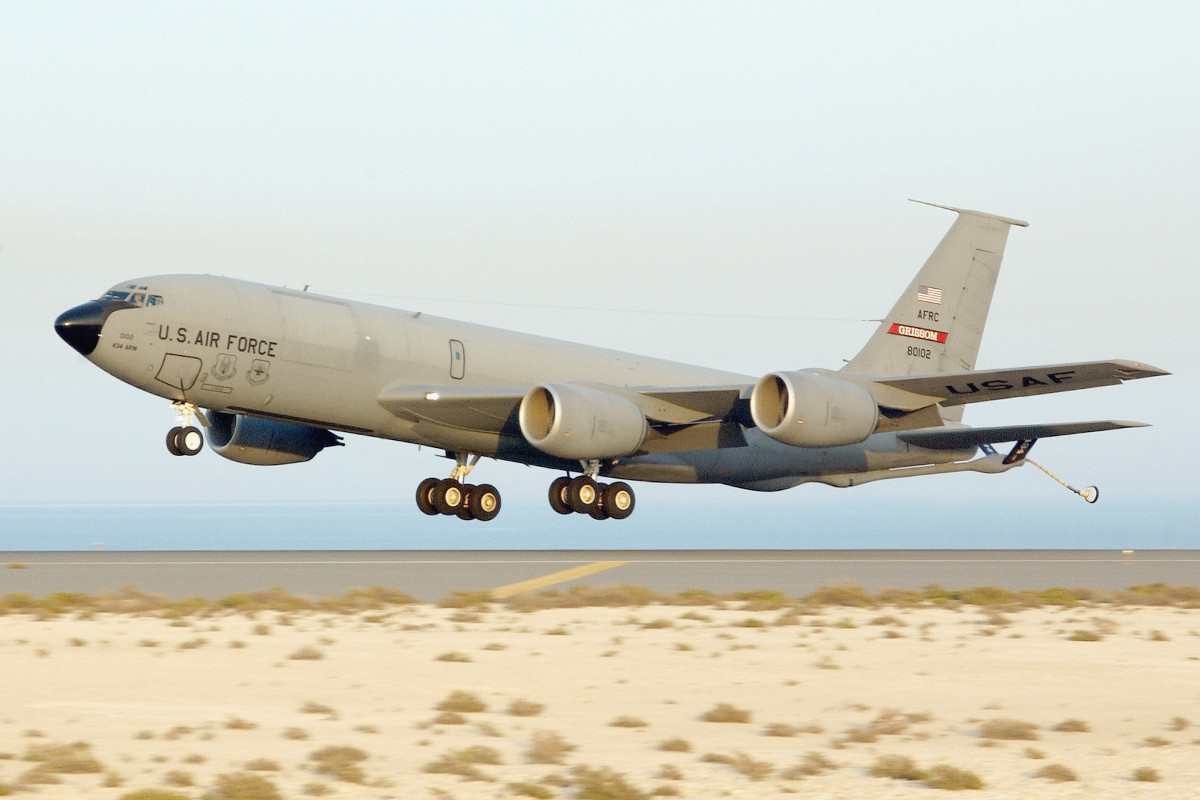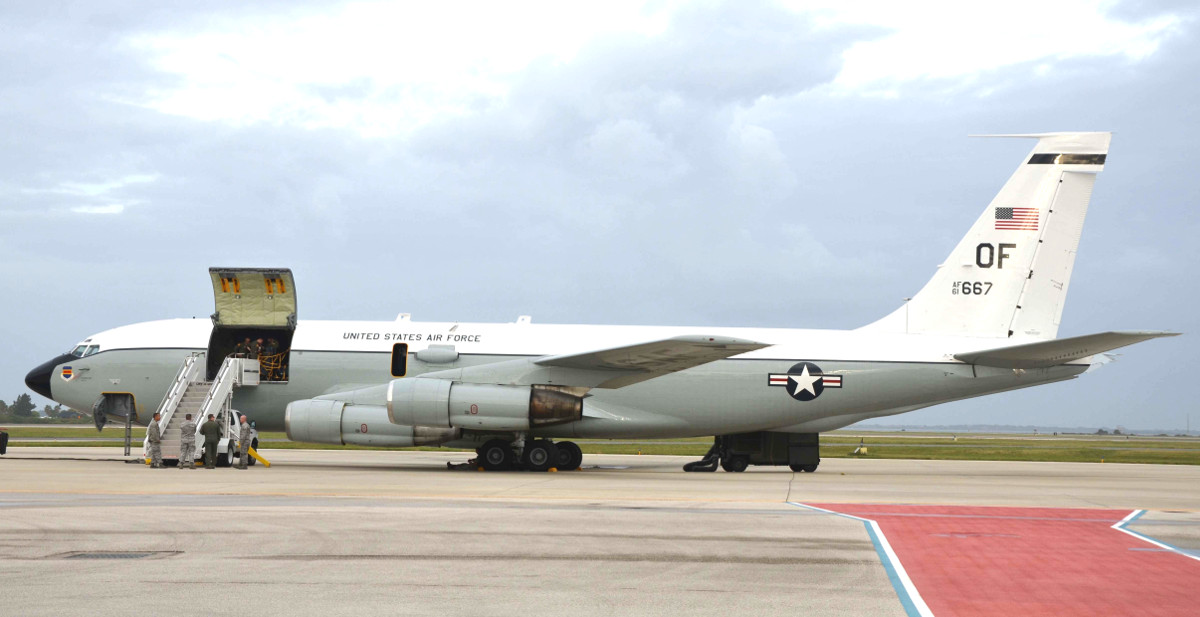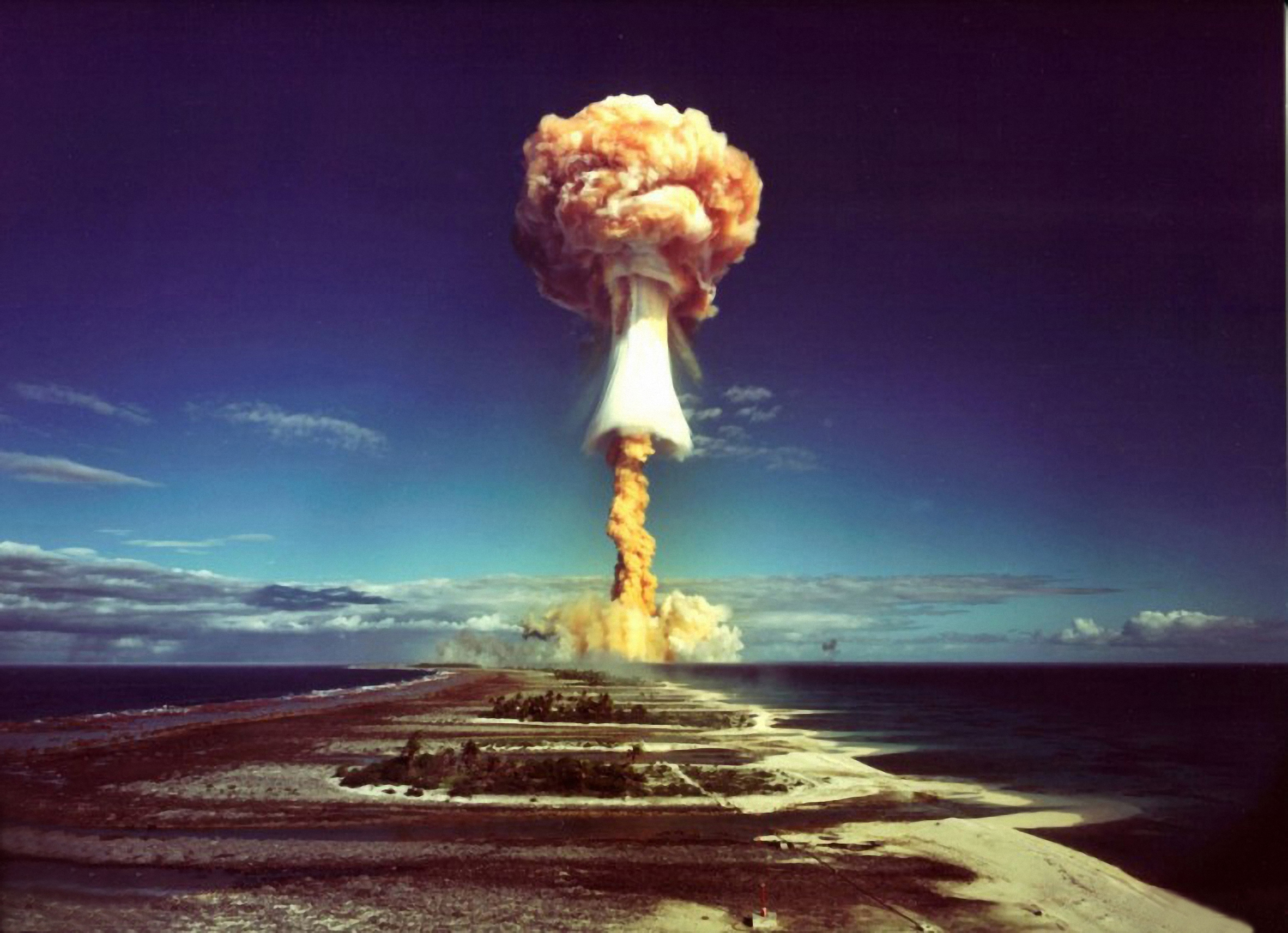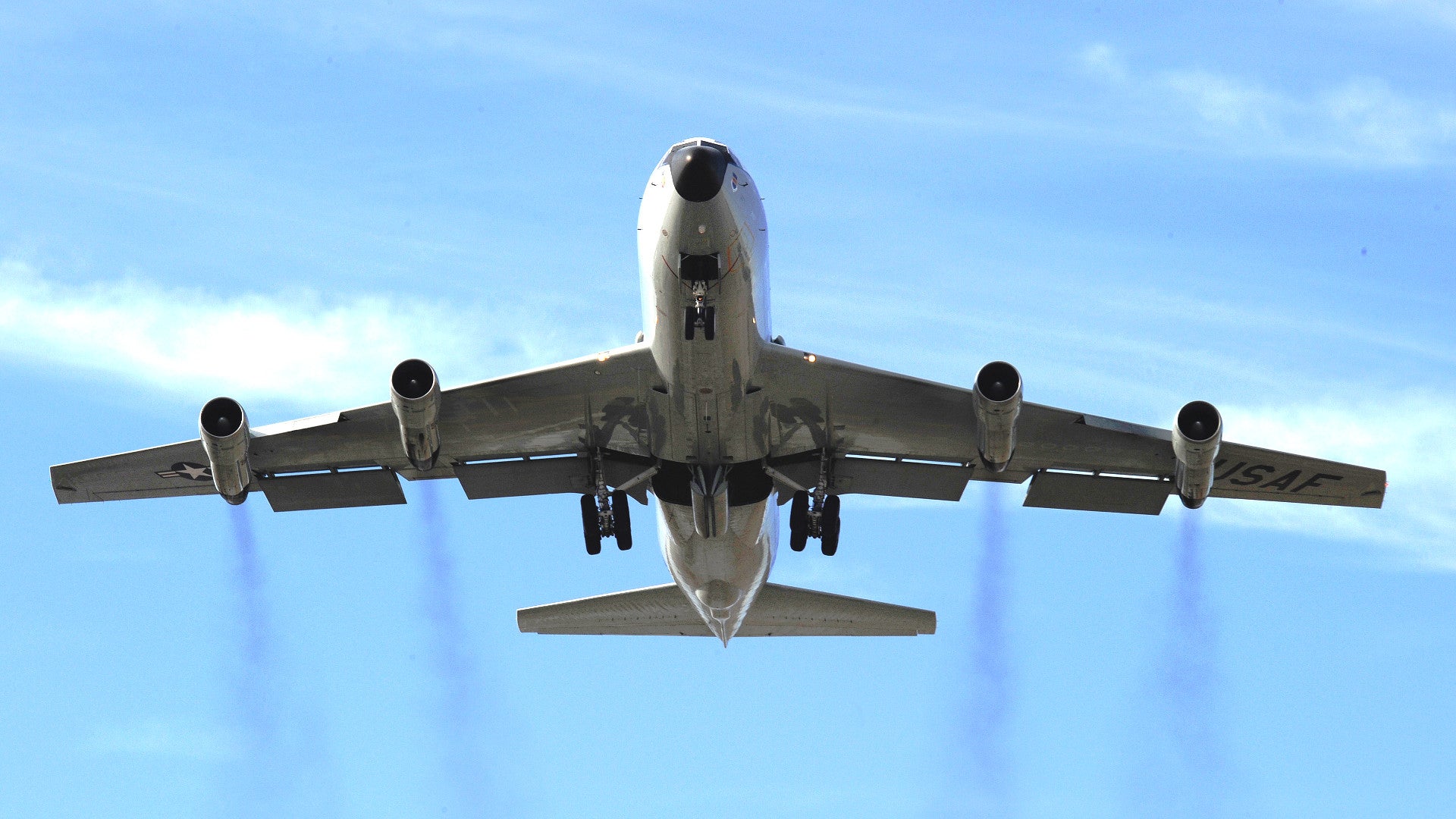In its latest budget request, the U.S. Air Force is asking for hundreds of millions of dollars to turn three KC-135R aerial refueling tankers into specialized WC-135R atmospheric reconnaissance aircraft as its already rickety WC-135W Constant Phoenix jets become increasingly unreliable. Those aircraft collect air samples after nuclear weapon tests and atomic accidents, a somewhat obscure, but vital mission that has only become more important in recent years, especially in light of North Korea’s test of an apparent thermonuclear device in 2017.
The Air Force’s proposed budget for the 2019 fiscal year, which the service released on Feb. 12, 2018, includes more than $208 million to modify the four engine KC-135Rs tankers with the same “mission sensor system” as the WC-135Ws. The 645th Aeronautical Systems Group, better known by its nickname Big Safari, would manage the conversions of the tankers to the new WC-135R standard. It’s not clear when those aircraft will be ready for service, but the service already plans to request almost $8 million in additional funds for the project in the 2020 fiscal cycle.
“These conversions are needed to address airframe viability concerns associated with the aging WC-135W fleet,” the budget proposal explains. “Analysis determined that it was more cost effective to convert KC-135R aircraft into WC-135Rs than to modify existing WC-135W aircraft to be on par with the rest of the C-135 variants (i.e. RC-135 and KC-135).”

The biggest difference between the basic KC-135R and the WC-135W airframes are their engines. The Air Force’s KC-135Rs are upgrades of older aerial tankers with the more powerful and fuel efficient CFM-56 turbofan engines in place of the older types. The two WC-135Ws each have four less efficient and reliable Pratt & Whitney TF-33s, a design that first entered production in 1959 and that the company stopped making in 1985.
Otherwise, the Air Force long ago developed the Constant Phoenix’s mission equipment, and any auxiliary power sources it requires, to fit inside a C-135-series frame. Unlike the service’s RC-135S Cobra Ball, RC-135V/W Rivet Joint, and RC-135U Combat Sent surveillance and spy planes, the WC-135s do not have or need dramatic external modifications.

It’s actually not the first time the Air Force has converted KC-135s into atmospheric sampling aircraft. In the 1960s, the service modified two of the refueling tankers into covert nuclear reconnaissance jets. Under the guise of long range training exercises, they flew missions from Hickam Air Force Base in Hawaii along with regular KC-135As all the way to French Polynesia and back to gather data about France’s open-air nuclear tests.

Depending on what KC-135Rs serve as the donor airframes, the Air Force might be able to get other significant upgrades onto the WC-135R aircraft without having to spend any additional money. The service is already in the process of upgrading the aerial tankers to the new Block 45 standard, with all-new glass cockpits complete with a large main digital display, as well as variety of other improved digital and analog controls. You can read more about that update program here.
But even with just CFM-56 engines, the WC-135R aircraft should be able to fly further or orbit certain areas for longer periods without having to link up with a tanker (assuming it gets a receptacle slipway) or return to base to refuel than the existing WC-135Ws. The newer aircraft would also be more reliable, too. One of the Constant Phoenix aircraft spent a week grounded in Indonesia in 2017 after an engine fire forced it to make an emergency landing.

The addition of more aircraft could add much needed flexibility to the fleet overall, as well. Officially, the Constant Phoenix jets’ main job is to help enforce the 1963 Partial Nuclear Test Ban Treaty, under which members agree to abstain from above ground nuclear weapon testing. Crews from the 45th Reconnaissance Squadron at Offutt Air Force Base in Nebraska fly the two remaining WC-135Ws, while specialized personnel from the secretive Air Force Technical Applications Center (AFTAC) operate the mission sensor system on board the aircraft.
But these hybrid crews and their planes often take on other missions since there are no other atmospheric sampling aircraft anywhere else in the U.S. military. The budget proposal specifically cites the “rapidly changing global threat environment” and “emerging requirements” from regional U.S. military commands and the Intelligence Community as key reasons for acquiring the more modern WC-135Rs.
The biggest of those changing threats is almost certainly North Korea, which conducted its first known nuclear weapons test in 2006. Since then, WC-135Ws have been a regular feature near the Korean Peninsula, flying missions from Kadena Air Base in Japan.
Now that the North Koreans have test fired multiple intercontinental ballistic missiles, demonstrated what was likely a thermonuclear weapon, and have threatened to conduct the first atmospheric nuclear weapons test in decades, the unique capabilities the Constant Phoenix jets offer are to only continue to be in high demand in East Asia. Beyond North Korea, with fears of greater nuclear proliferation happening around the globe in the future, the aircraft could be essential in keeping tabs on possible emerging nuclear powers.
With three more reliable aircraft, not to mention an extra airframe, the Air Force could decide to have one forward deployed, such as to Japan, on a more permanent basis, while having two others available for routine and crisis missions elsewhere in the world, as well as scheduled maintenance.
The latter missions might not be related to nuclear weapons or arms control, either. After the Tōhoku earthquake and the devastating resulting tsunami in 2011 caused severe damage and a series of meltdowns at the Fukushima Daiichi nuclear power plant in Japan, a WC-135W flew missions from Eielson Air Force Base in Alaska to help monitor the spread of radioactivity.

More recently, in February 2017, another Constant Phoenix deployed to RAF Mildenhall in the United Kingdom and flew missions in the North Sea around the same time as reports emerged about an unexplained spike in the amount of radioactive iodine-131 in the atmosphere originating from Russia’s northwestern Kola Peninsula. The region is home to both nuclear power facilities and nuclear waste dumps, as well as Russia’s Northern fleet, which features nuclear submarines and ships, any of which could potentially suffer a leak.
“This has been planned for a long time and we didn’t go there to look for this iodine,” Colonel Jonathan VanNoord, AFTAC’s Director of Operations told Stars and Stripes in March 2017. “We need to get the background levels so if an event were to happen, we know where that baseline is. We just need to make sure that we’re getting the background and knowing what’s happening around the world and what changes are happening in the atmosphere.”
But whether that mission was really routine or not, the Air Force’s WC-135s clearly provide a set of important capabilities and putting the Constant Phoenix equipment into more modern airframes will ensure the service can continue perform this unique mission reliably as time goes on.
Contact the author: joe@thedrive.com
